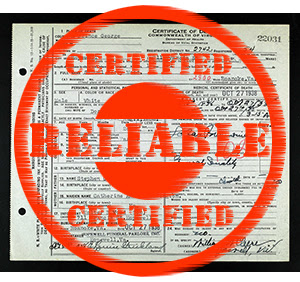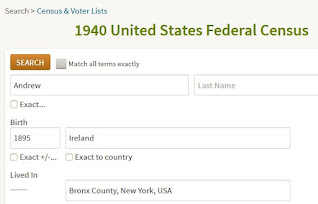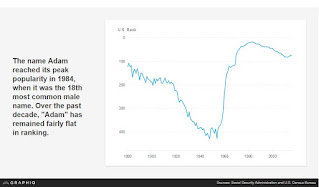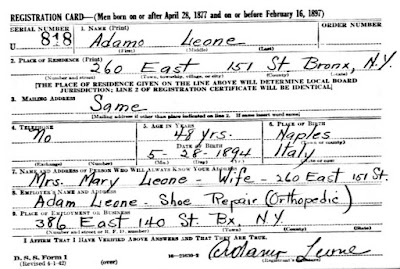All last week I was looking forward to my three-day weekend. I would have so much fun with non-stop genealogy!
 |
| Chasing genealogy facts is this much fun. ©The Simpsons |
Saturday was great. I identified more than 200 people in my family tree who were not connected to me. These are families I think belong to me, but I haven't yet found the connection. And I also found 11 people to delete from my tree.
I attached one image to each of these people so I could find them again anytime. (See How to Handle the Unrelated People in Your Family Tree, and be sure to read my comments at the end.)
Sunday was full of distractions. Once things settled down, I got productive. I documented in a spreadsheet every 1810 marriage from my Grandpa Iamarino's hometown.
I'm documenting births, marriages and deaths to meet two of my genealogy goals for 2018 (see What Are Your Genealogy Goals for 2018?):
- Log my downloaded documents from the Antenati website into a spreadsheet.
- Find my parents' connection (our DNA says they're distant cousins).
I hope these early Italian vital records contain the ancestors my mom and dad have in common.
Yesterday I had a wonderfully productive day documenting these towns. I'm using a time-saving, productivity-boosting technique that you can use, too.
 |
| I record the basics from each document. When I find someone I need, I fill in all the facts and put them straight into my family tree. |
A Tip for Large-Scale Research Projects
I have thousands of vital record images from my ancestral Italian hometowns on my computer (and backed up in two places). Now I have to harvest them for family tree information.
Slogging through one year of marriage records for one town, as I did on Saturday, is very slow and tedious. If I weren't obsessed, I'd have given up.
Then I realized I can find the juiciest documents faster by using this method:
- Open up your family tree software.
- Go through an image collection, such as one year's marriages, one at a time. Enter the most basic information for each document into your data spreadsheet. This could be nothing more than the document number and the names and ages of the bride and groom.
- When you see a last name of interest, check your family tree. Are the bride or groom in your tree already? How about their parents?
- When you find a match, even if it's a distant match, examine that document. Enter all its facts into your spreadsheet.
- If this document belongs in your family tree, put the facts and image into your tree now.
I followed this method yesterday with Photoshop open, too, so I could crop the images before putting them into my tree.
Thanks to this more efficient method, I completed the 1811 and 1812 marriages. All the basic information from these hundreds of documents is in my spreadsheet. Plus, the 10 or so marriages including my maiden name of Iamarino are now in my family tree.
Oh, and I had one more document open. That was my document tracker where I keep my up-to-date inventory of every document image I've placed in my family tree. (See Track Your Genealogy Finds and Your Searches.)
I can see it now. I can see how I'm going to spend nearly every waking moment when I hit retirement age. This passion for genealogy gives us all a reason to live to at least 100. We'll never be finished with our genealogy research. But the search is very much part of the fun.























